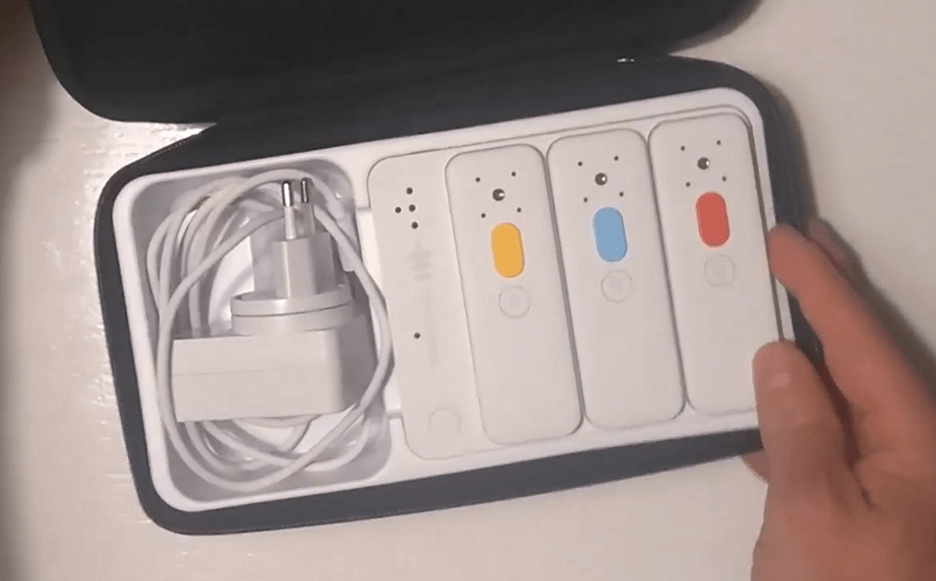Developing the first socio-cultural manual for inclusive employment
Mike Grijseels, Athena Institute (VU University Amsterdam); Teun Zuiderent-Jerak, Vrije Universiteit Amsterdam; Barbara RegeerToronto 2021: Justice

In spite of the promise of a range of technologies to contribute to more inclusion of people living with disabilities in the workplace, achieving such inclusion is a difficult, complex and often non-linear process. Multiple actors, both human and non-human need to assemble, align, attach and care at just the right time for it to work. Moreover, there is a real risk of technologies doing more harm than good; producing or reproducing exclusions. To learn about this dynamics through shaping it, we became part of an experimental pilot with SpeakSee, a speech-to-text transcription tool for people who are deaf or hard-of-hearing. We find that to generate more inclusion through technology, nourishing good relations between humans and technologies and between humans is key. For inclusion of people with disabilities in the workplace these good relations translate to an inclusive socio-cultural environment. In the case of SpeakSee the participating parties were important in creating the right circumstances; a manager who took time for inclusion, a researcher who challenged the status quo and colleagues who adapted their regular routines. Together these people make inclusion in the workplace through technology, but how can we make these inclusive, highly contextual, practices travel to other workplaces?
Published: 01/29/2023
